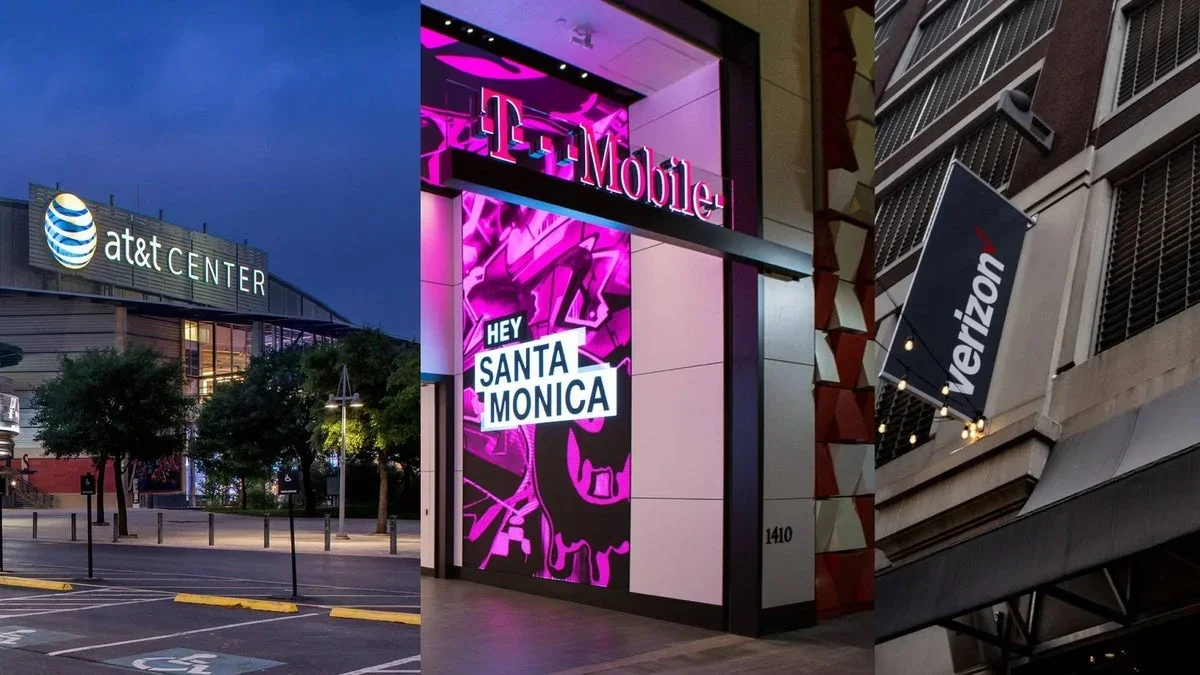The electric vehicle (EV) market is no longer a niche. By 2025, it has become a battleground for innovation, with automakers racing to redefine segments once dominated by internal combustion engines. Among the most intriguing moves is Lucid Group’s (NASDAQ: LCID) foray into the premium off-road EV space with the Gravity X concept. This vehicle, unveiled at Monterey Car Week 2025, represents more than a product launch—it is a calculated attempt to disrupt a segment ripe for disruption and unlock new revenue streams for a company still grappling with production and financial challenges.
The Premium Off-Road EV Opportunity
The premium off-road EV segment is a niche but rapidly expanding market. Consumers seeking adventure-ready vehicles that combine luxury with rugged capability are increasingly turning to EVs. Rivian’s R1S, for instance, has carved out a strong position with its 410-mile range, 7,700-pound towing capacity, and off-road prowess. Tesla’s Cybertruck, though delayed, promises to bring its signature performance and design to the segment. Yet, these vehicles often prioritize utility over comfort or aesthetics. The Gravity X aims to bridge this gap by offering the same off-road capability as its rivals but with Lucid’s signature emphasis on range, luxury, and technological sophistication.
The Gravity X’s 450-mile EPA range (shared with the standard Gravity SUV) and 828-horsepower all-electric powertrain position it as a direct competitor to the R1S and Cybertruck. However, its unique selling point lies in its design philosophy: a blend of refined ruggedness and premium comfort. Features like topographical hood etchings, premium leather interiors, and a 123-kWh battery underscore Lucid’s ambition to appeal to a demographic that values both adventure and refinement.
Strategic Positioning and Competitive Edge
Lucid’s entry into the premium off-road segment is not without risks. The company has struggled with production bottlenecks and financial losses, delivering just 3,309 vehicles in Q2 2025 despite a revised production target of 18,000–20,000 units for the year. However, the Gravity X’s focus on high-margin, high-volume SUVs could be a game-changer. SUVs account for over 50% of U.S. auto sales, and the premium segment—priced above $70,000—is growing faster than the broader market.
The Gravity X’s competitive advantages include:
1. Range and Efficiency: With a 450-mile range, it outperforms the R1S (410 miles) and Cybertruck (320–360 miles), addressing a key pain point for long-distance adventurers.
2. Luxury and Practicality: Unlike the Cybertruck’s utilitarian design, the Gravity X offers a seven-seat layout, premium materials, and a towing capacity of 6,000 pounds, appealing to families and outdoor enthusiasts alike.
3. Brand Differentiation: Lucid’s focus on design and innovation—evident in features like the “Astral Drift” paint and topographical motifs—sets it apart from competitors.
Financial Realities and Production Hurdles
Lucid’s financials remain a concern. The company reported a Q2 2025 EBITDA loss of $632 million and a gross margin of -105%, reflecting the challenges of scaling production while maintaining profitability. However, the Gravity X’s potential to drive volume growth cannot be ignored. If Lucid can ramp up production to meet its revised 2025 target, the Gravity X could become a cash-flow-positive product, especially with the planned 2026 introduction of lower-cost trims.
Moreover, Lucid’s partnership with Uber to deploy 20,000 Gravity vehicles in a robotaxi initiative adds a new revenue stream. This collaboration, combined with the Gravity X’s appeal to adventure-focused consumers, could help the company achieve the scale necessary to compete with Tesla and Rivian.
Investment Considerations
For investors, the Gravity X represents both opportunity and risk. On the upside, the premium off-road EV segment is underserved, and Lucid’s focus on range, luxury, and innovation positions it to capture a significant share. The company’s strategic partnerships, including the Uber deal and its high-profile branding with Timothée Chalamet, further enhance its market visibility.
However, risks persist. Production delays, supply chain volatility, and intense competition from Tesla and Rivian could hinder growth. Additionally, Lucid’s current financial performance—marked by a 29.47% total return decline over the past year—raises questions about its ability to execute its long-term strategy.
Conclusion: A Calculated Bet on the Future
Lucid’s Gravity X is more than a concept—it is a strategic pivot toward a segment with strong growth potential. By combining off-road capability with luxury and innovation, Lucid aims to redefine what an electric SUV can be. While the company’s financial and production challenges remain, the Gravity X’s unique value proposition and Lucid’s expanding partnerships suggest that the automaker is positioning itself for a pivotal role in the EV market.
For investors, the key question is whether Lucid can scale production and maintain cost discipline while differentiating itself in a crowded field. If it succeeds, the Gravity X could become a cornerstone of Lucid’s growth story. If not, the company may struggle to keep pace with its rivals. Given the sector’s trajectory and Lucid’s bold vision, the Gravity X warrants close attention as a high-risk, high-reward investment opportunity.


